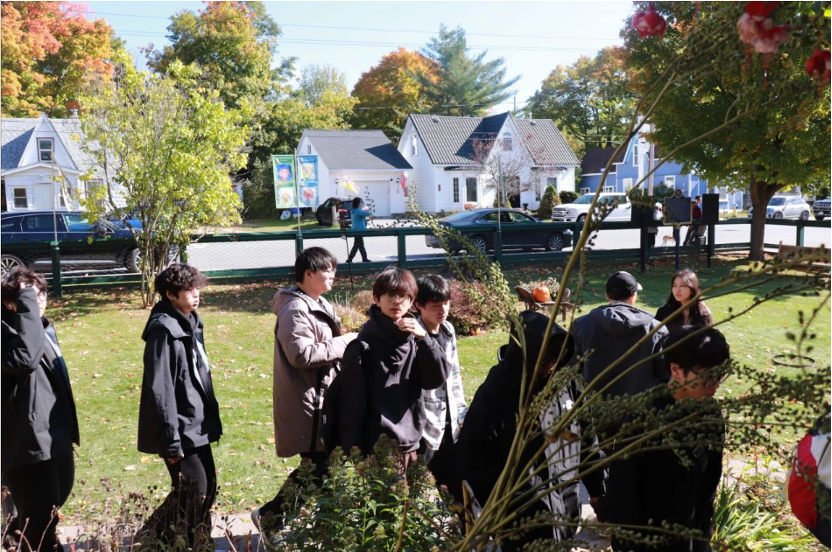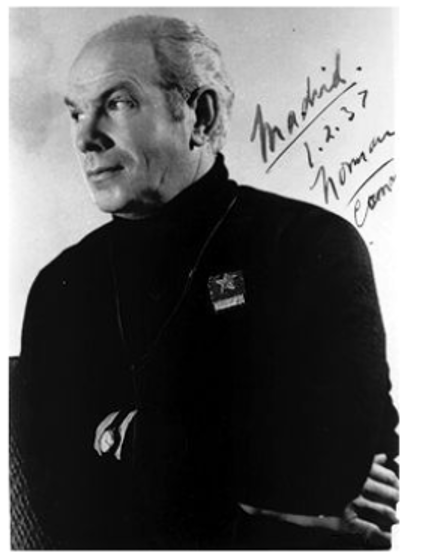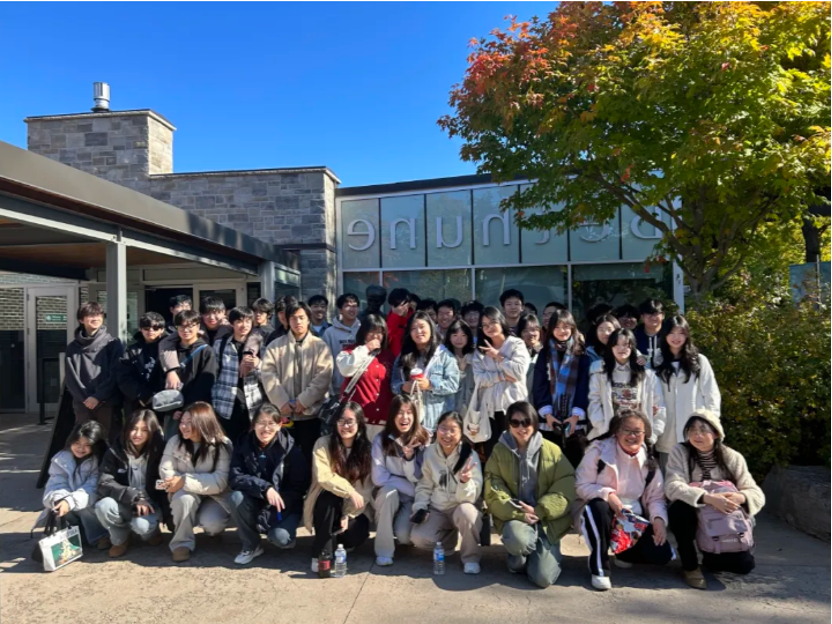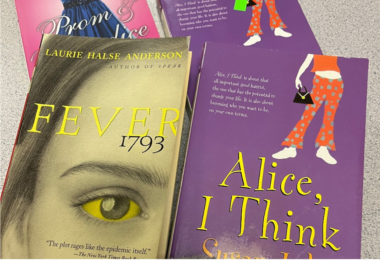In October, the teachers and students of Kent School embarked on a tour to trace the footprints of heroes, visiting the picturesque town of Gravenhurst, the birthplace of international hero Norman Bethune. At Norman Bethune’s former residence, all students gained an in-depth understanding of his heroic contributions, received education in patriotism, and enhanced their historical knowledge along with their sense of social responsibility.
Henry Norman Bethune, surgeon, inventor, political activist (born 4 March 1890 in Gravenhurst, ON; died 12 November 1939 in Huang Shiko, China). Norman Bethune was an innovative thoracic surgeon who made significant contributions in the field, including the invention or redesign of surgical instruments. He was also an early advocate of universal health care in Canada. A member of the Communist Party, Bethune volunteered during the Spanish Civil War, where he pioneered the mobile blood transfusion unit. In 1938, he travelled to China, where he became a battlefield surgeon for Chinese Communist forces under Mao Zedong. Bethune’s commitment to the welfare of soldiers and civilians during the Sino-Japanese War made him a hero in the People’s Republic of China.
During the tour, the students noticed the graduation photo hanging on the wall of the residence. The photo was taken in 1917 at the University of Toronto, one of Canada’s most prestigious universities. Norman Bethune is in the middle of the first row, near to fellow graduate Dr. Frederick Banting, who co-discovered insulin. The power of these role models put seeds in the students’ thoughts about their desire to study at one of the world’s most prominent universities.
At the end of the trip, the students went to the shore of Lake Muskoka and took a ride on an ancient steamer, enjoying the autumn scenery of the hometown of Bethune. The lake is quiet, the patchwork of cottages and layers of maple leaves in the water, together constitute a picturesque picture.









